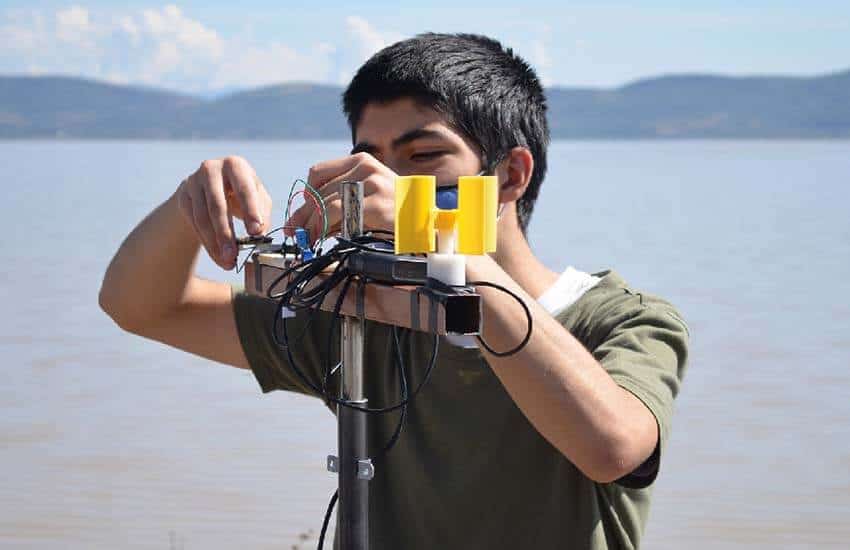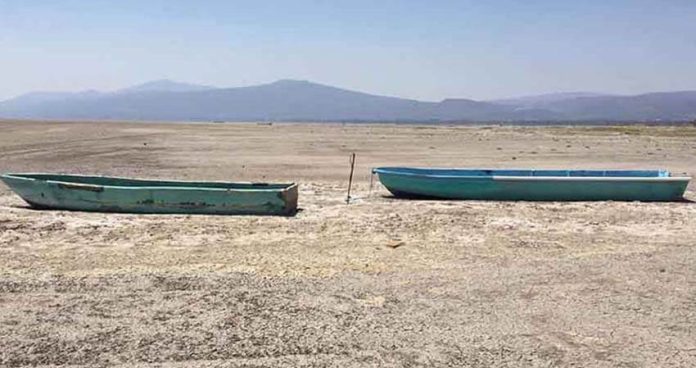The Agriculture Ministry has presented an emergency plan to save an endangered lake in Michoacán.
Lake Cuitzeo, about 30 kilometers north of the state capital Morelia, is under threat due to drought, deforestation and the dumping of sewage. The more than 300-square-kilometer lake bed is the second largest lake in Mexico and is vital to the 23 communities that surround it for its fishing industry and tourism.
Fishing on the lake yields just 5% of what it used to in the 1990s, and of the 19 species of fish documented in 1975, only six remain, the newspaper Milenio reported in April.
Dust clouds rise from the dry surface and reach municipalities 20 kilometers away in Guanajuato, affecting the health of residents with respiratory, ophthalmological and gastrointestinal and skin allergy problems.
For over a year, a group of academics and students from the Monterrey Institute of Technology’s Morelia campus, the National Autonomous University and the Michoacán University of Saint Nicholas of Hidalgo have been evaluating what needs to be done to solve the environmental problems at Lake Cuitzeo and address the effects they’re having on surrounding communities.

Monterrey Institute of Technology students built computer-monitored weather stations during 2021 that provided real-time data about conditions at the lake to convince government officials that something needed to be done. The group, which came to include nonprofit organizations, also collected over 30,000 signatures on a petition asking the federal government to implement programs to save the lake.
“Currently, Lake Cuitzeo is suffering one of the worst droughts in the last 30 years,” said Rafael Trueba, a professor of economics at the Institute who spearheaded the initiative, in an interview with Conecta, a magazine published by the university. “It’s a problem that has attracted international attention and that we must be able to solve.”
If nothing is done to intervene, he told Connecta, the lake will likely disappear completely in 10 years.
Agriculture Minister Víctor Villalobos Arámbula said the plan to restore the lake consisted of 22 lines of action to improve the quality of life for nearby communities.
His ministry’s long-term strategy focuses on making economic activities like agriculture, forestry, fishing and tourism more sustainable by introducing a crop rotation system, reforestation, repopulating various species of fish and promoting artisanal activities to benefit from tourism. It also plans to sanitize the water and promote cleaner, more efficient industrial activities.
However, it is not only economic activities that have damaged the lake’s vitality. The former state Environment Minister, Ricardo Luna, previously said that two highways built 30 years ago, which split the lake into three parts, began its demise.
